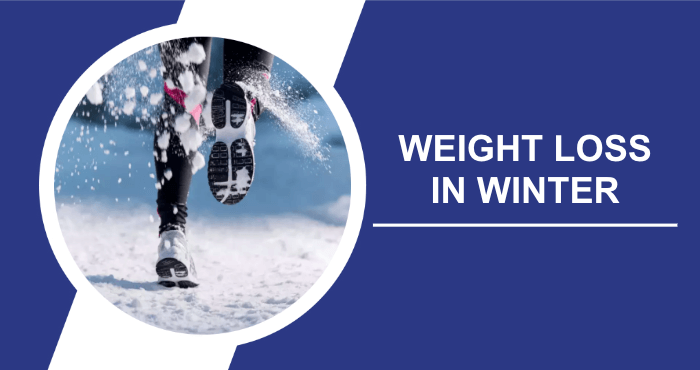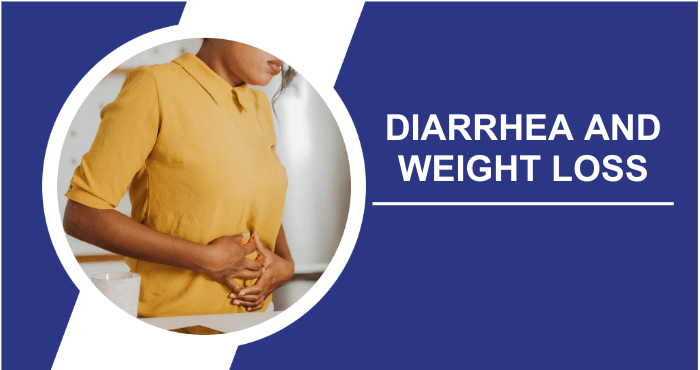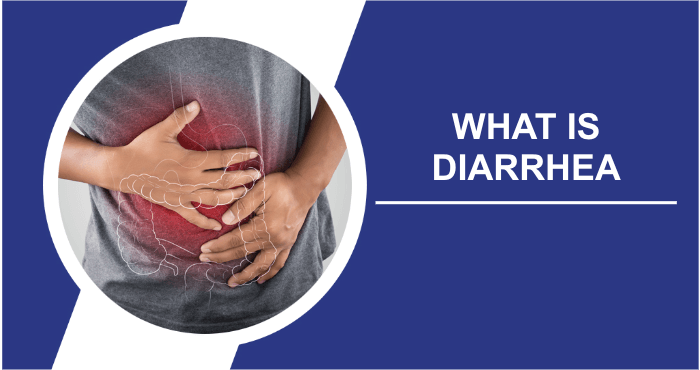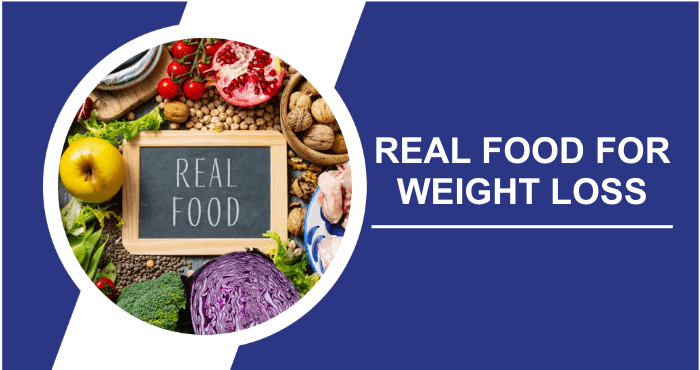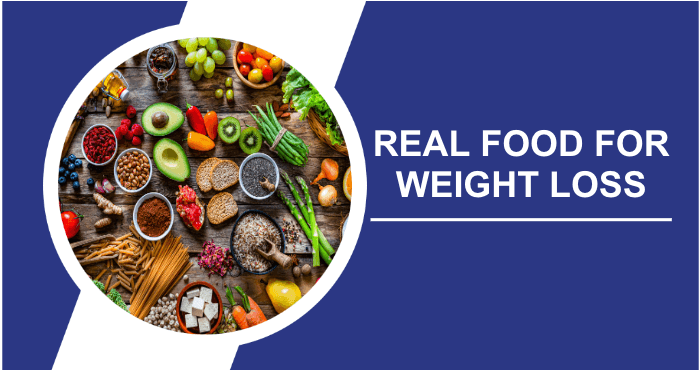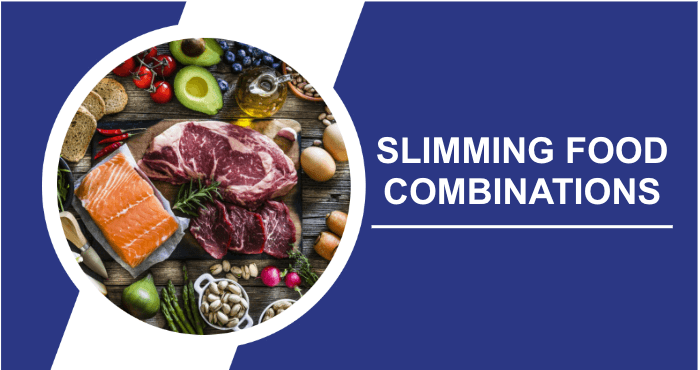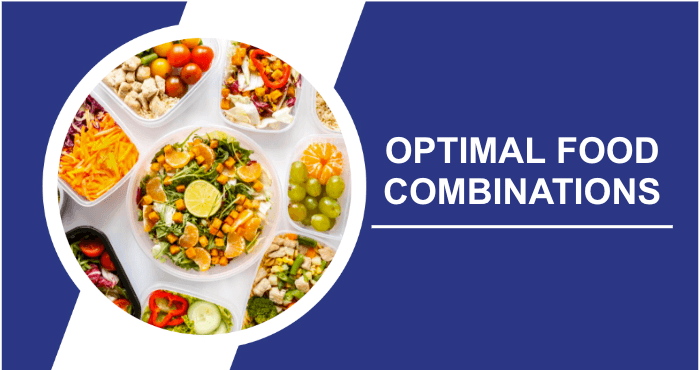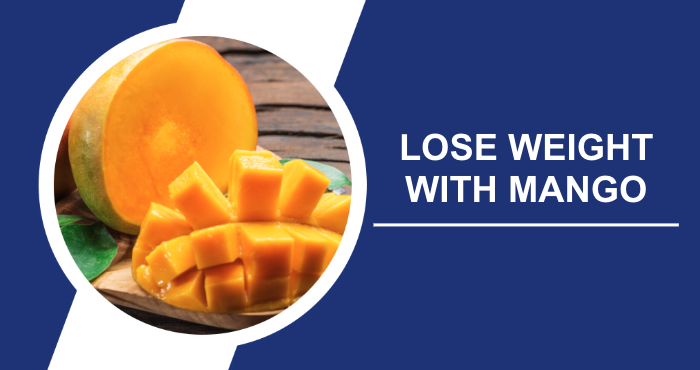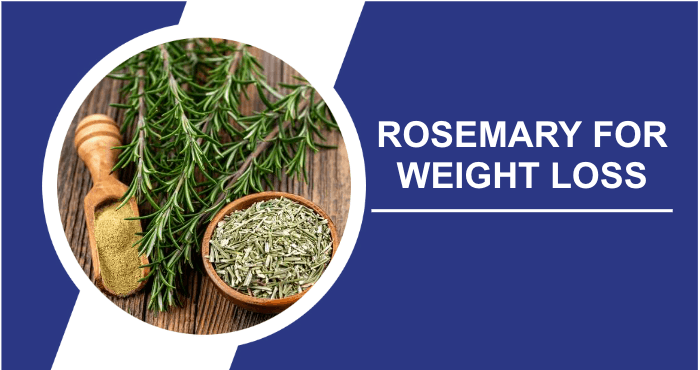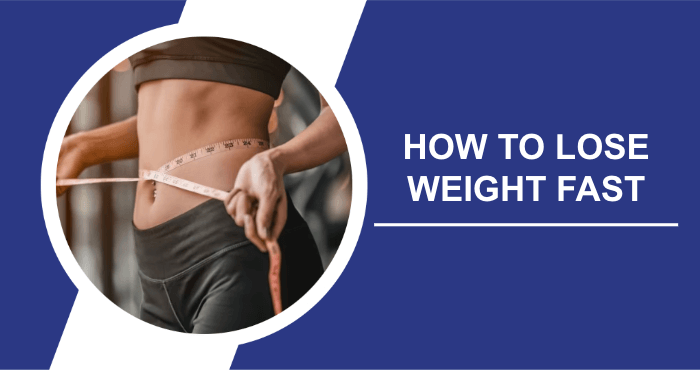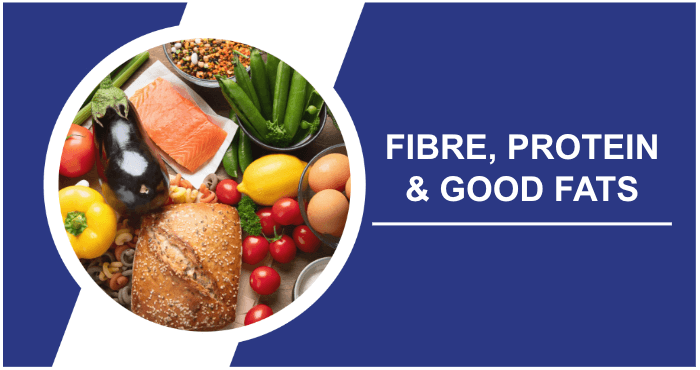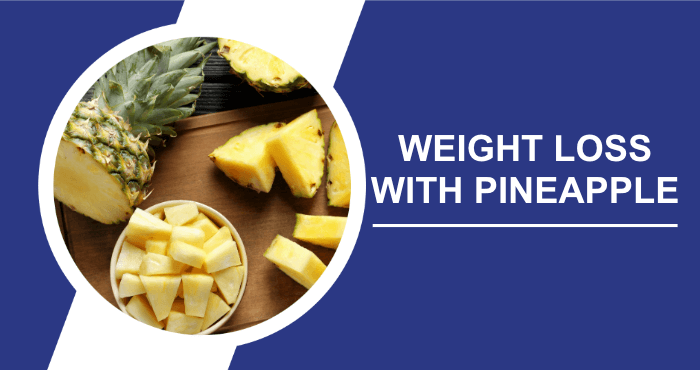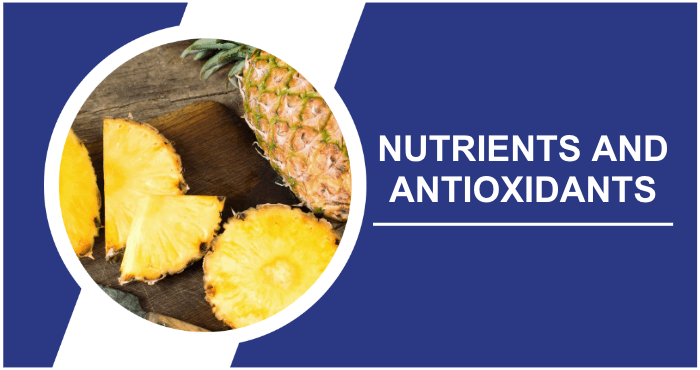When the weather turns chilly, many people would rather snuggle up under a blanket than sweat it out on the elliptical. Cold temperatures drive us indoors, creating the perfect excuse to avoid the gym or even a walk around the neighborhood. The extra weight you gain during the winter can carry over throughout the year. To shed winter pounds, start by avoiding holiday weight gain. Then focus on a nutritious diet and physical activity.
Losing pounds is a challenge even under favorable circumstances. It becomes more difficult when the weather is cold and unpleasant. Occasionally, using weight loss aids can be helpful. However, exercising in cold weather can effectively help burn extra weight.
Weight Loss In Winter
Research shows that most people successfully maintain their weight throughout the year. However, during the holidays and winter, many of us tend to gain weight. Unfortunately, most people don’t manage to lose this weight throughout the year, resulting in an overall weight gain. We can prevent this by establishing or maintaining healthy eating and exercise habits. Adopting such healthy habits will also facilitate healthy weight loss.
Is It Harder To Lose Weight In Winter?
Losing weight in winter can be more challenging due to factors such as reduced physical activity, increased consumption of high-calorie comfort foods, and decreased motivation. Cold weather often discourages outdoor exercise. In addition, shorter daylight hours can affect mood and energy levels, potentially impacting exercise and eating habits. However, weight loss is still achievable with a balanced diet and indoor exercise.
3 Guidelines For Winter Weight Loss
But choosing nutritious options isn’t easy. Maintaining a lower winter weight is a common goal, but it’s difficult to achieve. In many ways, however, cold weather provides an ideal opportunity for physical activity. Exercising in moderately cold conditions may not be fun, but it has several benefits.
Exercise alone isn’t enough for weight loss and health. Optimal health requires a nutritious diet with a focus on minimizing processed and sugary foods. Eliminating unhealthy snacks can be difficult, but it’s essential to maintaining weight loss.
1. Monitor Your Fitness And Diet
Calculating calories burned and calories burned helps you achieve your weight loss goals. One of the challenges of winter weight loss is that we tend to relax our standards during the holidays. We often indulge a little, resulting in stubborn extra weight.
Conversely, research shows that being aware of weight gain reduces overeating. Monitoring your weight provides motivation by showing your fluctuations. Avoiding tempting treats becomes easier when you are aware of their impact on your weight.
Keeping track of your calorie consumption is beneficial, though sometimes challenging. Calculating calories burned and calories consumed will help you reach your weight loss goals. Remember that achieving a healthy weight is about more than losing fat.
Monitoring your physical activity is critical to winter weight loss success. Winter days, while occasionally pleasant, are often cold and tempting to skip exercise. However, keeping track of missed workouts makes it harder to excuse them.
2. Incorporate Physical Activity Into Your Daily Routine
During the winter months, there are many fun activities that can help you burn calories. Cross-country skiing is not only an excellent form of exercise, but also a wonderful way to get out in nature. Ice skating is also an effective form of exercise. Simple activities such as sledding or building snowmen can also invigorate the body. Venturing into the cold outdoors isn’t a necessity, however. Any moderate physical activity can help you lose weight and ward off several serious health problems.
The best part is that there is no need to dedicate time to exercise. Choosing the stairs over the elevator, parking farther away from destinations, and similar strategies can be enough to maintain health through regular exercise. Regular physical activity is essential to a healthy lifestyle. Maintaining these practices consistently throughout the year remains vital, regardless of external weather conditions.
3. Eat More Fruits And Vegetables
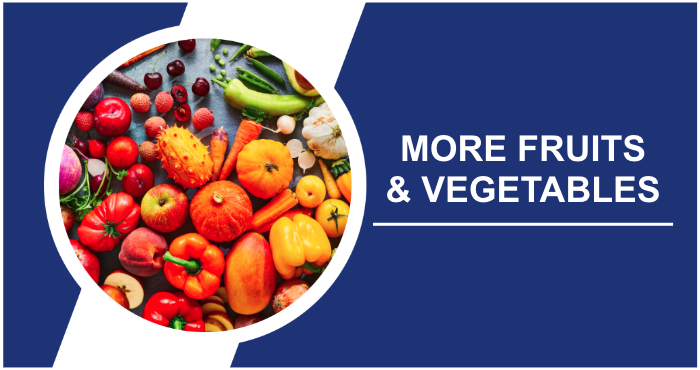
A steaming bowl of vegetable soup is a great way to warm up in cold weather. Increasing your intake of fruits and vegetables, or going on a diet, is the simplest strategy for weight loss and may also be the most beneficial for your metabolism. The human body works best with a specific type of fuel, much like a car needs premium gasoline. This fuel consists primarily of fresh fruits and vegetables, supplemented by smaller amounts of protein and various other items.
However, the diets of many Westerners are increasingly composed of highly processed foods. Many foods undergo some form of processing, if only for safety reasons. Sugar and salt are often added to enhance flavor, or additives are used to preserve food or make it look more appealing. The result is food that tastes good, but unfortunately lacks nutritional value.
Sugary and processed foods cause more than just weight gain. Excessive consumption of sugar or carbohydrates can lead to high blood sugar, cardiovascular disease, and other serious health problems. It’s not just about reducing calories. Fruits and vegetables provide all the nutrients you need to maintain a healthy lifestyle.
Suddenly giving up processed foods can be challenging. Your body will still crave the fats and sugars found in processed foods, especially in the winter when your energy needs may be higher. Instead of trying to eliminate junk food altogether, focus on incorporating more nutritious foods. Taking a more positive approach can make this transition easier.
At first, it may feel like you’re giving up all your favorite, tasty foods and replacing them with salads or diet meals. But you don’t have to give up delicious foods. Heated fruit can rival the taste of ice cream while being much healthier. Instead of hot chocolate with marshmallows, opt for a soothing cup of herbal tea or warm water. A steaming bowl of vegetable soup is a great way to warm up in cold weather.
A simple rule is to monitor the amount of fruits and vegetables on your plate. If they make up about half of your plate, that’s a good sign. If they are overshadowed by fats and carbohydrates, it may be time to reevaluate your dietary choices.
How Fast Can You Lose Weight In Winter?
Losing weight in the winter can be just as effective as in other seasons, but it can feel more challenging because of the colder weather and fewer daylight hours. The key to weight loss is to create a calorie deficit through a combination of diet and exercise. Safe and sustainable weight loss typically involves losing about 1 to 2 pounds per week.
Engaging in winter activities such as indoor exercise or outdoor activities such as skiing can help. It’s important to focus on a balanced diet and regular physical activity, regardless of the season.
Why Exercise In Cool Weather?
Although it may seem unappealing, exercising outdoors in cool weather can actually increase the efficiency of your workout. Your body uses energy to stay warm, so you burn more calories outside in the cold than indoors in the heat. This is in addition to the calories you burn while exercising.
There are many health benefits associated with spending time in cooler temperatures. For example, exercising in the cold can reduce the effects of allergies. A key factor in weight loss is the increased activity of brown fat cells. We usually associate fat with white fat cells, which store excess energy for later use, but an excess can lead to obesity-related health problems.
Brown fat cells are very different. Loaded with mitochondria, the powerhouses of our cells, they don’t just store energy, they burn it efficiently. They’re more active in cold environments, using energy to produce heat, which boosts your metabolism and further increases calorie burning.
Cold conditions can even stimulate the production of more brown fat cells, which also helps to burn additional calories. Brown fat cells may offer several health benefits, although their full role is not fully understood.
Who Should Not Lose Weight In Winter?
People who should not lose weight in winter include pregnant women, as they need extra nutrients and energy. People recovering from or prone to eating disorders should avoid dieting to avoid aggravating their condition. People with certain medical conditions, such as hypothyroidism or adrenal insufficiency, may find that weight loss efforts complicate their health.
Children and adolescents who are still growing need adequate nutrition for proper development. Similarly, the elderly often require a stable weight to maintain health and energy levels.
Are There Any Side Effects To Losing Weight In Winter?
Losing weight in the winter can have some unique effects. Cold weather can increase calorie burning as your body works harder to maintain its core temperature. However, shorter daylight hours and colder temperatures can negatively affect mood and motivation, potentially leading to less physical activity.
In addition, rapid weight loss at any time of year can lead to muscle loss, nutritional deficiencies, and a slowed metabolism. It’s important to approach weight loss with a balanced diet and regular exercise, regardless of the season, to minimize these side effects.
Frequently Asked Questions
How can I stay motivated to lose weight during winter?
Setting specific goals, tracking progress, seeking support from friends or online communities, and rewarding yourself for milestones can help maintain motivation. Also, varying your workout routine can keep things interesting.
How important is hydration for weight loss in winter?
Staying hydrated is crucial for weight loss, even in winter when you might not feel as thirsty. Water helps in metabolism, appetite control, and overall bodily functions.
Should I adjust my diet differently in winter for weight loss?
In winter, focus on a balanced diet rich in protein, fiber, and healthy fats to keep you full and satisfied. Be mindful of holiday treats and comfort foods that are high in calories.
How can I avoid holiday weight gain?
To avoid holiday weight gain, be selective about indulgences, control portion sizes, stay active, and don’t skip meals which can lead to overeating later.
Are there any specific vitamins or supplements recommended for weight loss in winter?
While there’s no magic supplement for weight loss, vitamin D can be beneficial in winter due to reduced sunlight exposure. Always consult with a healthcare provider before starting any supplements.
Conclusion
It is important to note that while exercising in cold temperatures can be beneficial, there are risks associated with cold climates. Wear appropriate clothing, heed your body’s warning signals, and make sure you have a safe place to retreat in case of an emergency.
Exercising in cooler weather can increase effectiveness, but for sustained weight loss, establishing or strengthening healthy routines is essential. Maintaining a nutritious diet and finding ways to stay active, even in chilly conditions, remains the most effective approach to weight loss.
Sources
- Yanovski, J.A., Yanovski, S.Z., Sovik, K.N., Nguyen, T.T., O’Neil, P.M., and Sebring, N.G. (2000). “A Prospective Study of Holiday Weight Gain.” The New England Journal of Medicine, 342(12), pp.861–867. DOI: Read Article.
- The Nutrition Source. (2019). “Processed Foods and Health.” Harvard T.H. Chan School of Public Health. Read Article.
- Lampe, J.W. (1999). “Health effects of vegetables and fruit: assessing mechanisms of action in human experimental studies.” The American Journal of Clinical Nutrition, 70(3), pp.475S-490S. DOI: Read Article.
- El-Zayat, Salwa Refat, Sibaii, Hiba, and El-Shamy, K.A. (2019). “Physiological process of fat loss.” Journal of Engineering Research, 43(1). DOI: Read Article.
- Mason, F., Farley, A., Pallan, M., Sitch, A.J., Easter, C., and Daley, A. (2018). “Effectiveness of a brief behavioural intervention to prevent weight gain over the Christmas holiday period: randomised controlled trial.” BMJ, k4867. DOI: Read Article.
- Wagner, A.L., Keusch, F., Yan, T., and Clarke, P. (2019). “The impact of weather on summer and winter exercise behaviors.” Journal of Sport and Health Science, 8(1), pp.39–45. DOI: Read Article.
- Prossegger, J., Huber, D., Grafetstätter, C., Pichler, C., Braunschmid, H., Weisböck-Erdheim, R., and Hartl, A. (2019). “Winter Exercise Reduces Allergic Airway Inflammation: A Randomized Controlled Study.” International Journal of Environmental Research and Public Health, 16(11), pp.2040. DOI: Read Article.
- Ellis, R. (2020). “Brown Fat: What You Need to Know.” WebMD. Read Article.
- National Institutes of Health (NIH). (2019). “How brown fat improves metabolism.” NIH Research Matters. Read Article.
- Jeremic, Nevena, Chaturvedi, P., and Tyagi, S.C. (2016). “Browning of White Fat: Novel Insight Into Factors, Mechanisms, and Therapeutics.” Journal of Cellular Physiology, 232(1), pp.61–68. DOI: Read Article.
